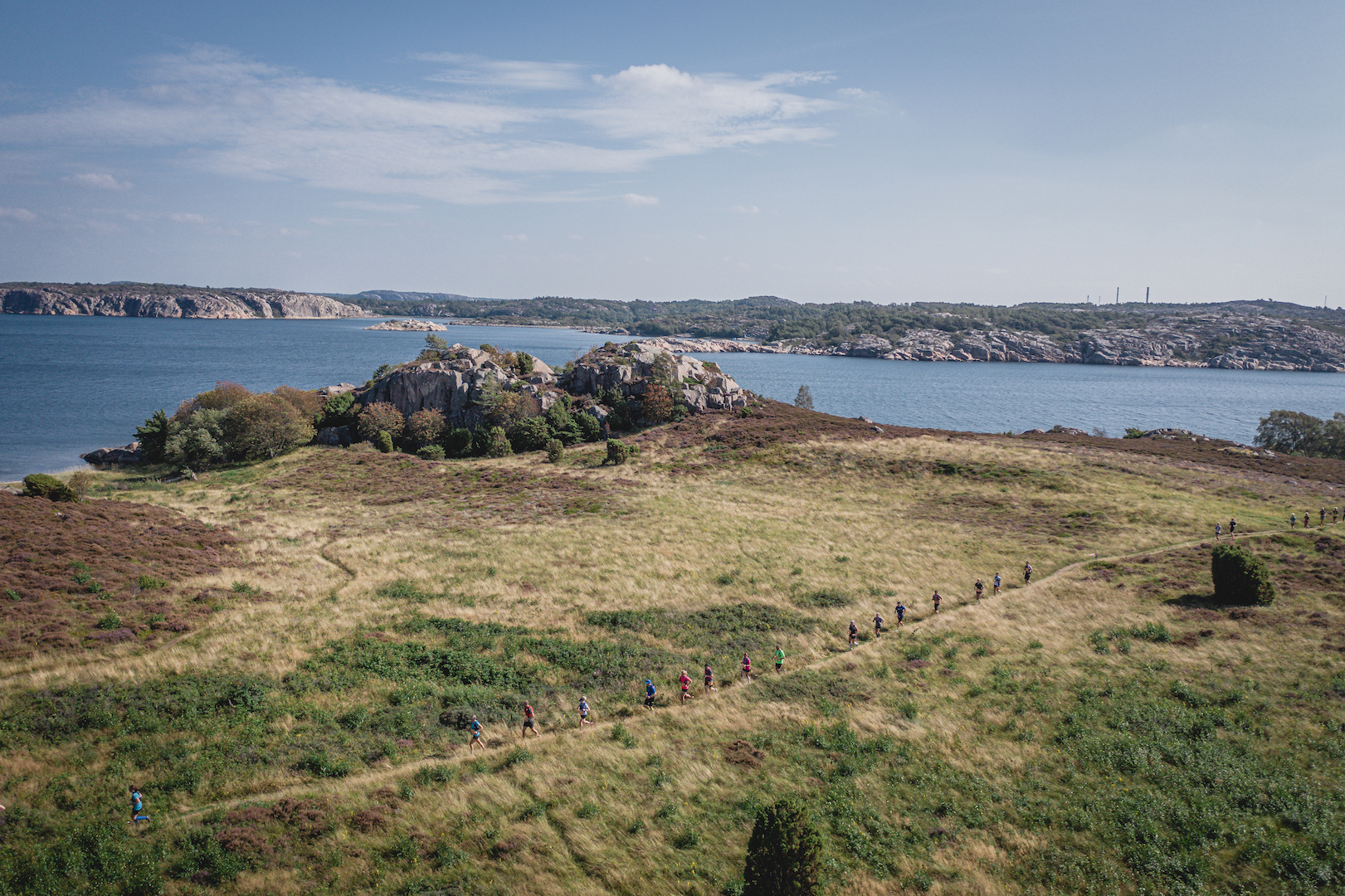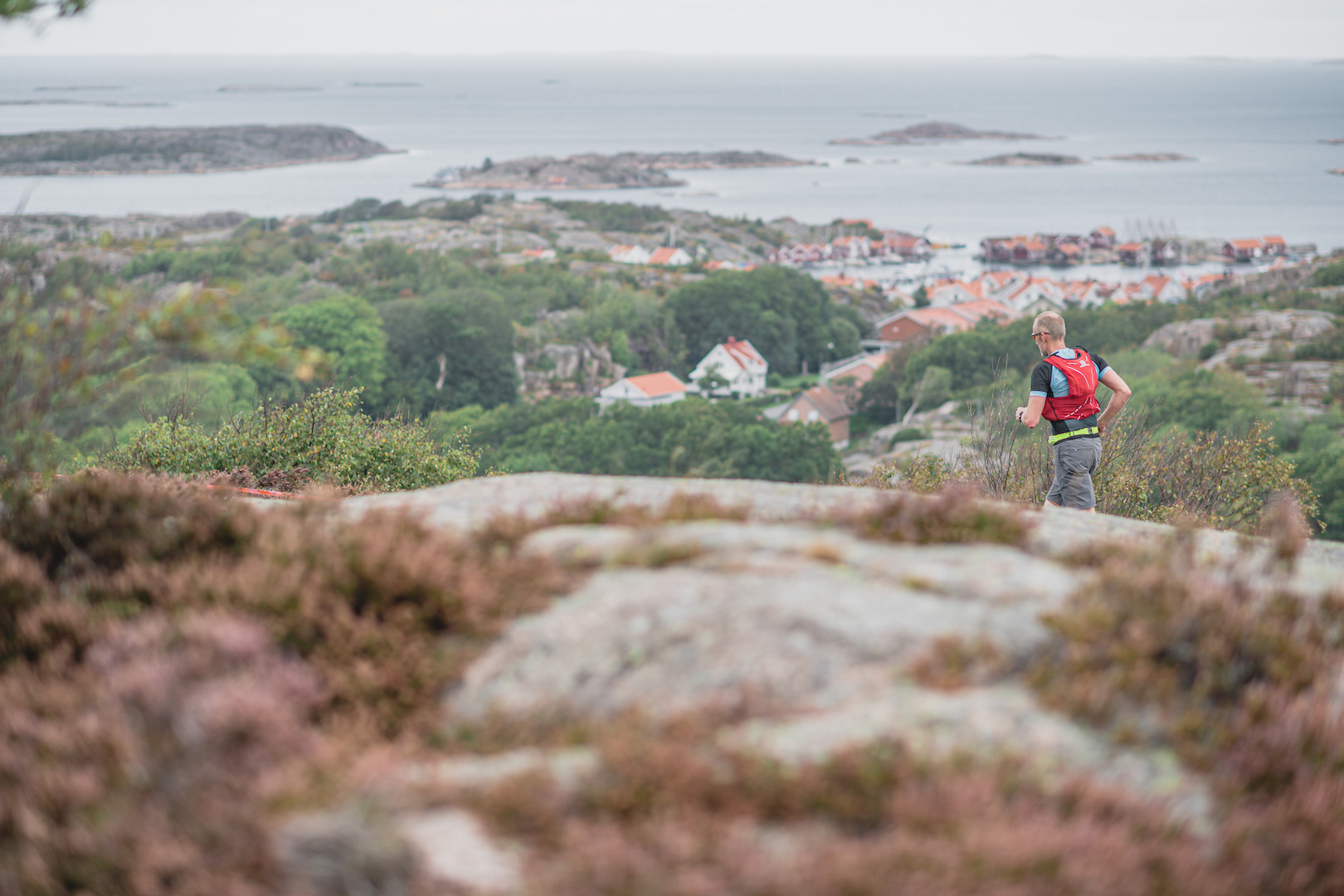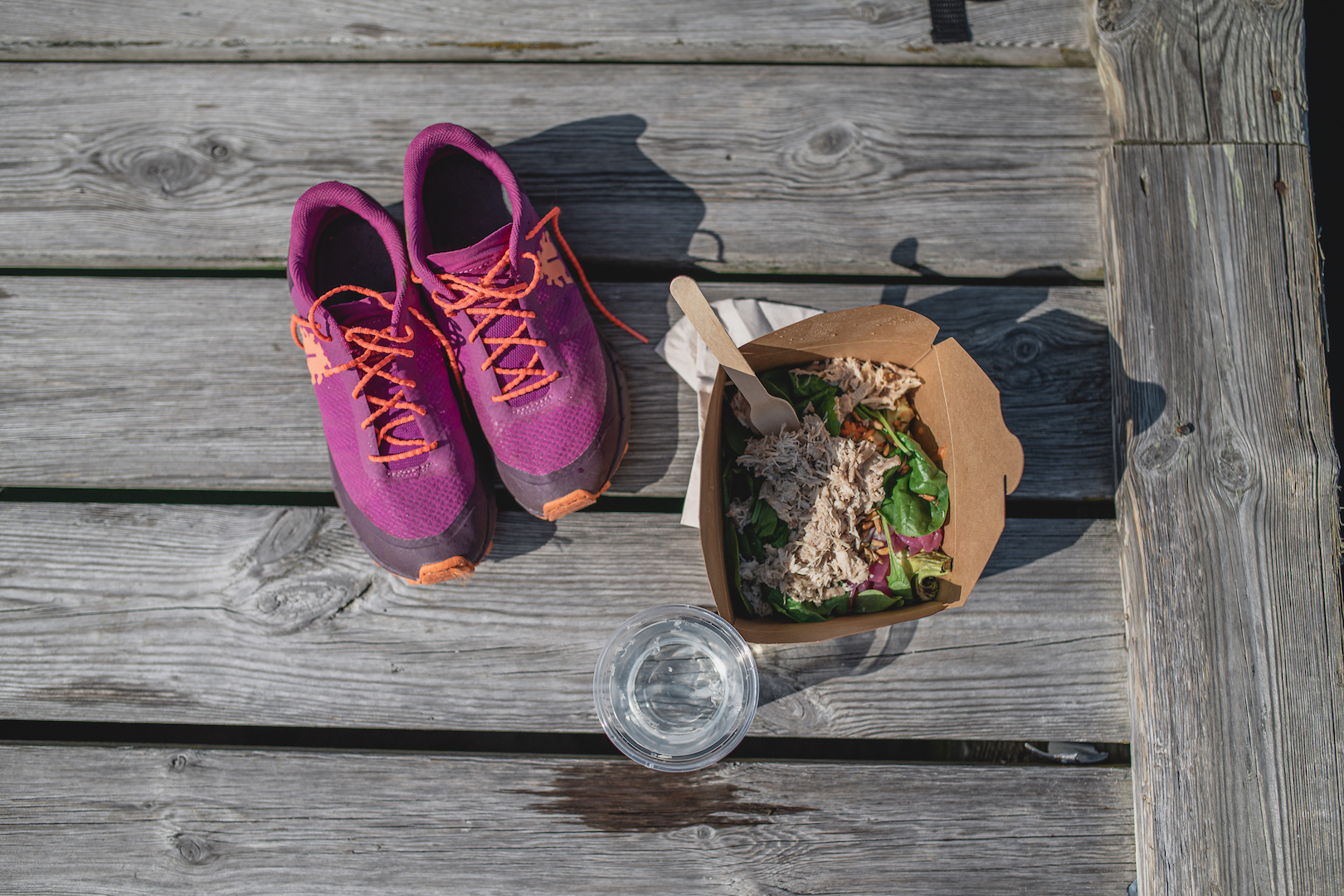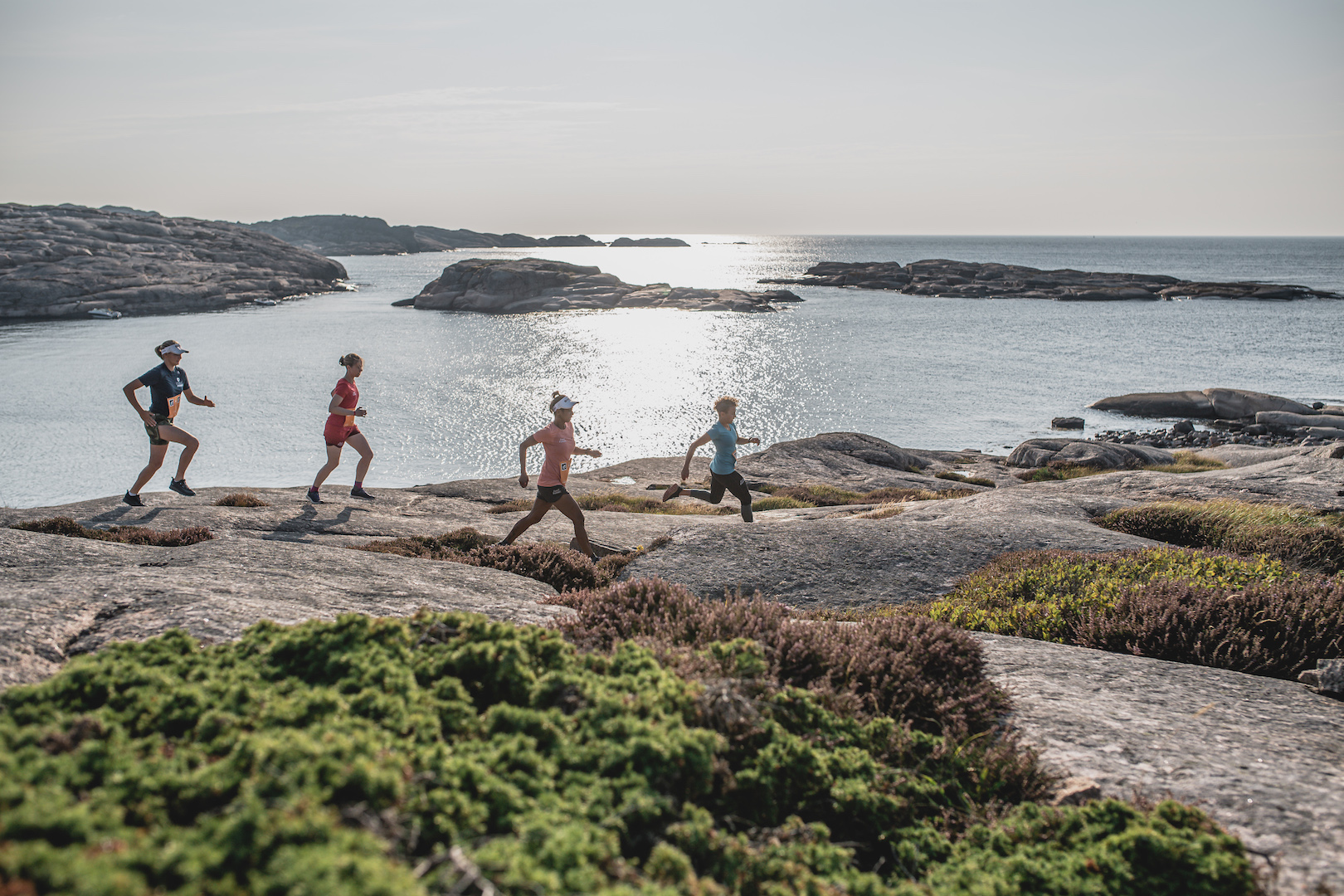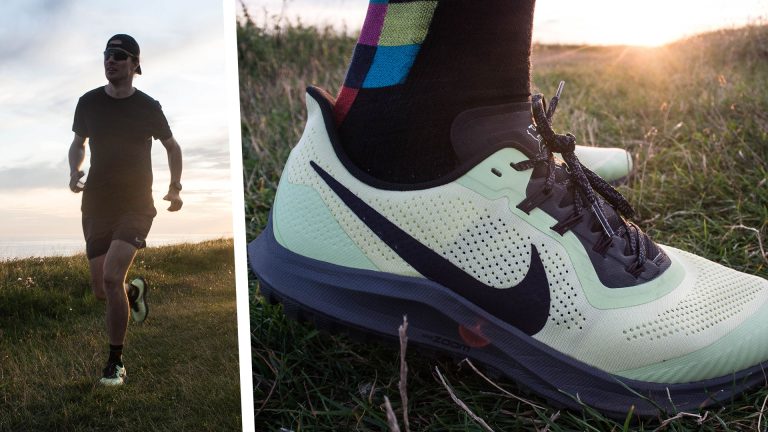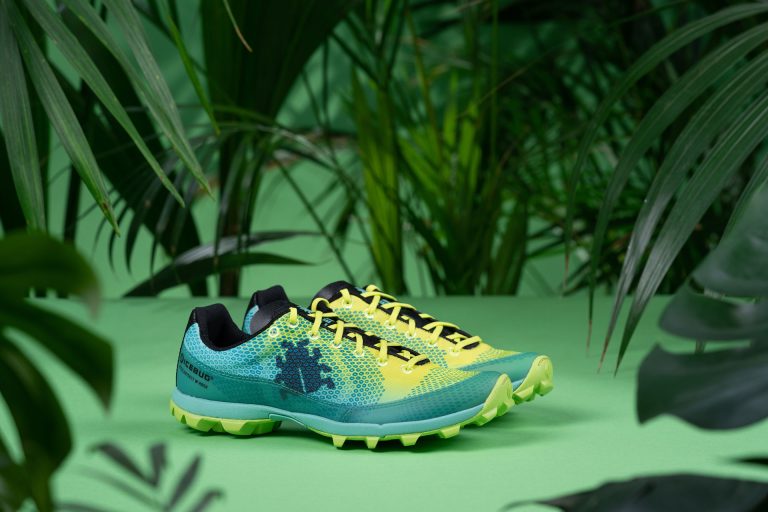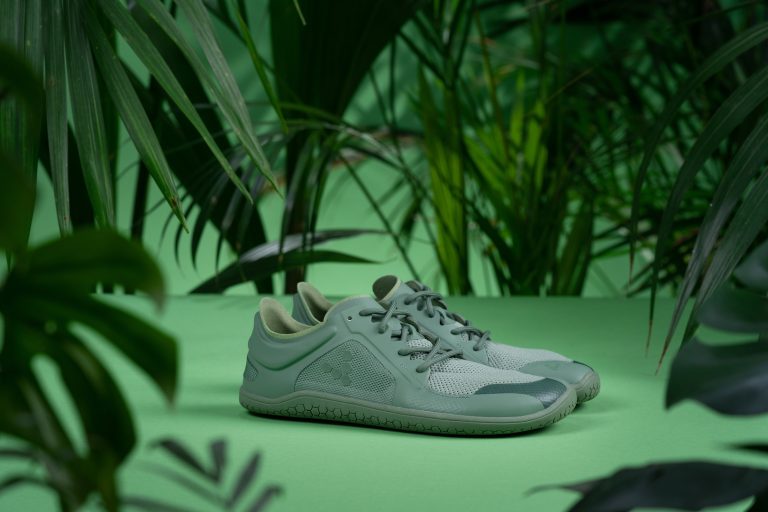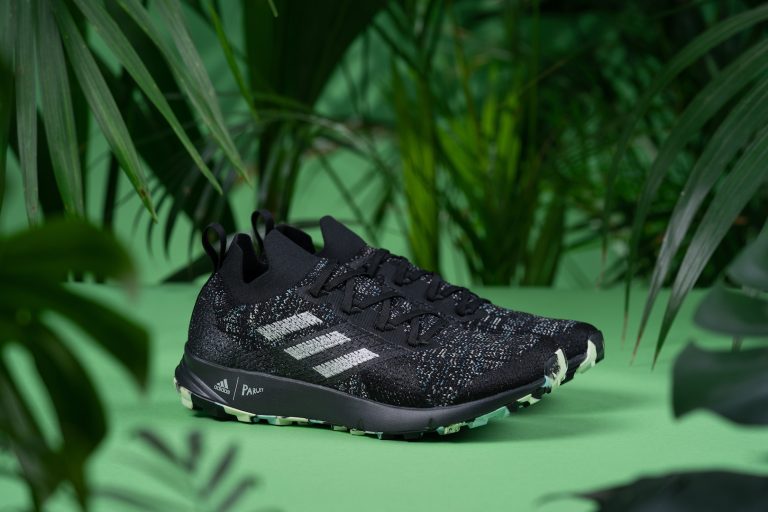So you’ve been trail running a while, done a few events but looking for a new challenge to test yourself and your off-road running skills. Now it’s time to get yourself signed up for a multi-day trail race event which presents a whole new set of obstacles.
We recently travelled to West Sweden to run the Icebug Xperience West Coast Trail, a 75km trail race split up over three days. It’s arguably one of the world’s most stunning courses, hugging the beautiful Swedish coastline and taking on a variety of terrain, from moonscape rock formations to picturesque forest trails.
Over the course of the race there were a few techniques for multi-day running that we stuck to and that eventually got us over the line…
Train With Heavy Legs
With single day events you run hard and tend to not worry so much about what your legs are going to feel like later. With a multi-day event you’re going to have to get your legs moving again after a hard day on the trail. Don’t let the event be the first time you’ve experienced this. You want to be able to run well the next day and be light enough on your feet to tackle the more technical parts of the trail with confidence.
“A great way of replicating this feeling in training is building lactic acid into your legs before you start your run.”
A great way of replicating this feeling in training is building lactic acid into your legs before you start your run. This can be achieved by cycling, hill sprints or even a legs focused weights session. If you don’t have experience with multiple sessions in one day, go easy on yourself as this can be a bit of a shock to the system.
Eat Well
The longer the event, the more nutrition comes into play – and that’s before, during and after. You will know the obvious ones like carb-loading before and taking on high levels of protein after you finish running to help with recovery, but here are a couple of other useful tips.
Breakfast – get up early enough to make sure you can eat enough and also digest/ You don’t want to be running bloated.
Practice eating while running. This is a skill and a science in itself. Everyone is different and reacts differently to eating on the move; some can wolf anything down while others struggle to take on the lightest of food. Know what works for you and have it with you, don’t rely on aid stations as you need to eat when your body calls for it.


